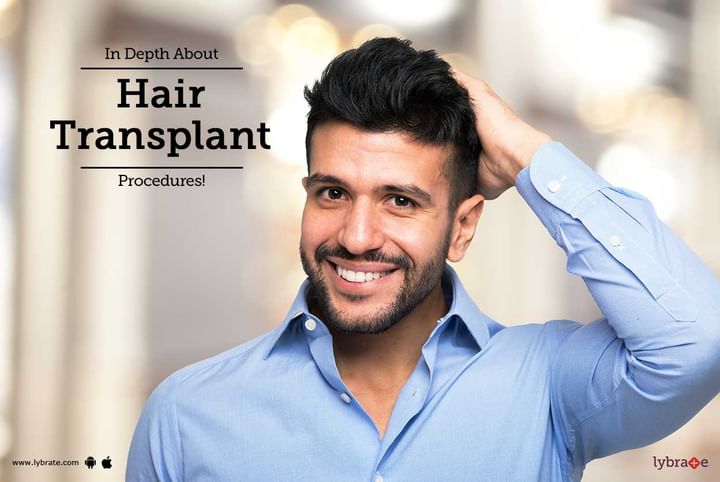In Depth About Hair Transplant Procedures!
Like good health and youth, most of us take our locks for granted, until they're gone. For many people, a hair transplant can help bring back what looks like a full - or at least a fuller - head of hair.
A hair transplant is a procedure in which a dermatological surgeon moves hair to a bald area of the head. The surgeon usually moves hair from the back or side of the head to the front or top of the head. Hair transplants typically occur in a medical office under local anesthesia.
Receiving a hair transplant can improve your appearance and self-confidence.
Good candidates for a hair transplant are:
- men with male-pattern baldness
- women with thinning hair
- anyone who has lost some hair from a burn or scalp injury
Hair replacement isn't a good option for:
- women with a wide-spread pattern of hair loss throughout the scalp
- people who don't have enough 'donor' hair sites from which to remove hair for transplant
- people who form keloid scars (thick, fibrous scars) after injury or surgery
- people whose hair loss is due to medication like chemotherapy
PROCEDURE-
- Planning and Assessment before the Operation.
- Harvesting Methods: The patient is sedated using mild sedation and local anaesthesia after which the transplantation is performed. Common hair transplant methods to choose from are:
- Follicular unit transplant (FUT)
- Follicular unit extraction (FUE)
- Strip Harvesting
- Robotic hair restoration
Care Post Operation:
After the surgery, your scalp may be very tender. You may need to take pain medications for several days. You will be prescribed an antibiotic or an anti-inflammatory drug to take for several days. Most people are able to return to work 2 to 5 days after the operation. The treated area should be protected from the sun.



+1.svg)
